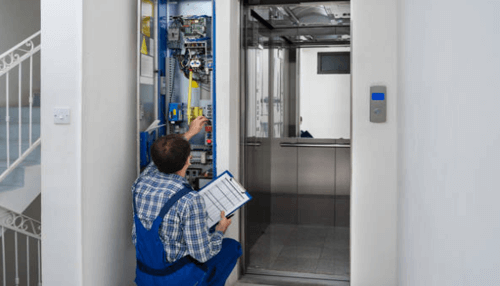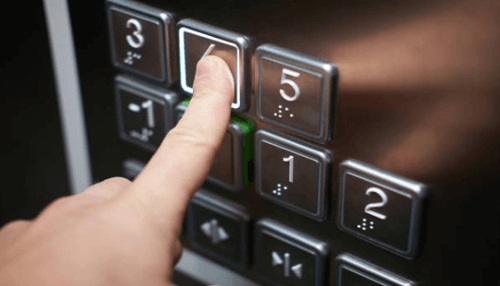As long as you ensure regular elevator maintenance, it will offer a major benefit to the tenants, workers, clients, and more who visit your building daily. With that being said, not all property owners place the same priority on checking the safety of their elevators as they should.
For that reason, it shouldn’t be much of a surprise that one of the leading causes of elevator accidents is due to faulty and unchecked equipment. Not only can faulty elevators lead to injuries or worse, but owners of elevators can also be in major legal and financial trouble if they are discovered to not be adhering to the elevator code.
The best way to make sure that you are following the elevator code is to follow the code every time to a T. This can be somewhat difficult because there are a lot of things to remember. To make it easier to remember what you have to check, a checklist is incredibly useful to use as a tool for anyone who is coming in to do maintenance.
Without a checklist, the crew you have hired to check your elevator or elevators may end up missing an important aspect by mistake. However, even if it is a mistake, you will have to pay the price if you do not adhering to the codes.
If you’re interested in the code, here are some great things to add to your checklist.
In the car
- Make sure that all of the doors can open and close freely without obstructions
- Look for any signs of damage on the ceiling, walls, and handrails
- Find and replace any burned-out lights, including those on the control panel
- Make sure that the emergency phone connects quickly with the fire department or 911
Outside the car
- Replace any lights that have burned out on each floor outside the elevator
- Inspect all door panels and clearance areas
- Test the smoke detectors and fire alarm system
Inside the machine room
- Check the oil levels and make sure that the systems are properly lubricated
- Examine electrical wirings for signs of fraying or defects
- Remove anything that is interfering with easy and quick access to the equipment
- Check the smoke and fire alarms in the machine room
- Make sure there is comfortable headroom for technicians
Regularly testing and maintaining critical safety mechanisms cannot be overlooked. While inspecting the elevator system, it is crucial to ensure that all connected emergency systems are functioning optimally. Fire alarm systems for safety, specifically those integrated with the building’s overall security solution, play an essential role in safeguarding occupants in case of emergencies. Proper commercial fire alarm system installation can be decisive, especially in preventing potential hazards that affect life and property.
On top of the car
- Make sure the emergency exit hatch can be easily accessed
- Test breaks and inspect the breaking mechanism
- Look for signs of rodent life or vandalism
- Check cables for any wear
In the pit
- Make sure that the area of the pit has easy access
- Inspect the pit and make sure it has the necessary clearance
- Check every car frame for any sign of damage
Conclusion
This is just a guideline; it is important to keep in mind that you are following your state and city’s elevator codes. Once you do that, you’ll be running your elevators smoothly and safely at all times!




